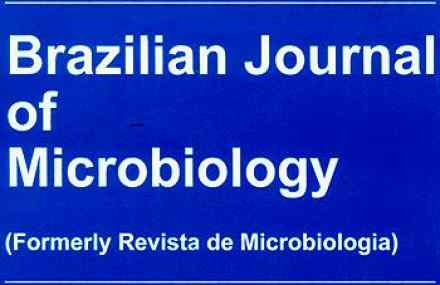RAUVOLFIA GRANDIFLORA (APOCYNACEAE) EXTRACT INTERFERES WITH STAPHYLOCOCCAL DENSITY, ENTEROTOXIN PRODUCTION AND ANTIMICROBIAL ACTIVITY
Brazilian Journal Of Microbiology
RAUVOLFIA GRANDIFLORA (APOCYNACEAE) EXTRACT INTERFERES WITH STAPHYLOCOCCAL DENSITY, ENTEROTOXIN PRODUCTION AND ANTIMICROBIAL ACTIVITY
Autor Correspondente: Olney Vieira-da-Motta | [email protected]
Palavras-chave: Rauvolfia grandiflora, Staphylococcus aureus, enterotoxin, antimicrobial activity
Resumos Cadastrados
Resumo Inglês:
Staphylococci bacteria are involved in many human and animal infections and development of alternative
antimicrobial drugs against pathogenic bacteria is of great interest to the pharmaceutical industry. This
study investigated the in vitro effect of Rauvolfia grandiflora methanol extract (root bark fraction) (RGE)
on the density of ATCC strains of Staphylococcus aureus and Staphylococcus epidermidis, and a clinical
enterotoxin-producer, S. aureus bovine strain. The alkaloid, isoreserpiline, obtained from dichloromethane
extract of R. grandiflora was ineffective against the strains tested. After incubation of staphylococci strains
in the presence of 1.2 mg.mL-1 RGE, a significant inhibition of cell growth was observed using both
spectrophotometry and ELISA assays. Twelve drugs were evaluated for their antimicrobial effects on
culture RGE-treated cells using the disk diffusion method. Penicillin resistant strains became sensitive to
the drug after RGE treatment. Furthermore, enterotoxin production by RGE-treated S. aureus was
evaluated using a standardized ELISA method. Although staphylococcal LSA 88 bovine strain cells
remained viable after exposure to the extract, enterotoxin production was precluded in 20% after RGE
treatment. Significant interference in staphylococci cell density, drug sensitivity and enterotoxin secretion
was observed after treatment. The study highlights the necessity to find new methods of disease
prevention and new antibiotic therapies against staphylococcal infections.

